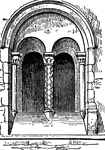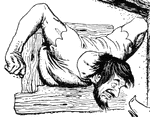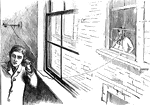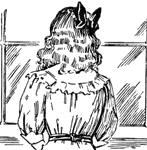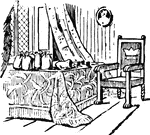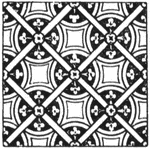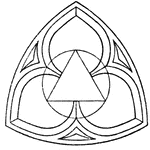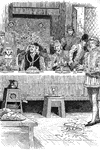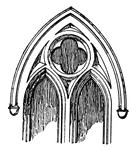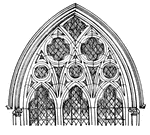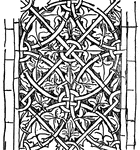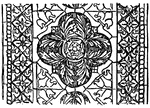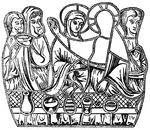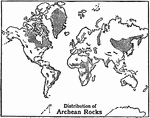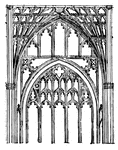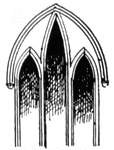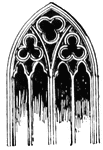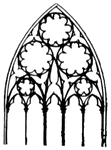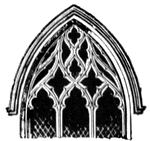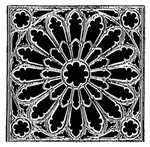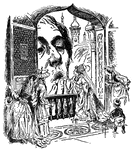
Catherine Wheel
An ornamental window of a circular form, with rosettes, or radiating divisions, of different colors.
Perpendicular Style
The third and last of the pointed or Gothic styles, also called the Florid style.
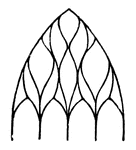
Tracery
Tracery is the intersection in various forms of the mullions in the head of a window or screen.

Tracery
Tracery is the intersection in various forms of the mullions in the head of a window or screen.
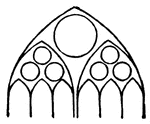
Tracery
Tracery is the intersection in various forms of the mullions in the head of a window or screen.

Tracery
Tracery is the intersection in various forms of the mullions in the head of a window or screen.

Bellaire, Ohio
"Bellaire, O.- Steamboats conveying troops and munitions of war for the Federal forces on the Great…
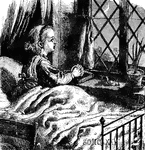
Twinkle, Twinkle, Little Star
Twinkle, twinkle, little star. How I wonder what you are! Up above the world so high. Like a diamond…
!["Presentation of colors to the Twentieth United States [African American] Infantry, Colonel Bartram, at the Union League Clubhouse, New York, March 5th, 1864. The Twentieth Regiment, United States [African American] Troops, left Riker's Island at nine o'clock on the 5th of March, 1864, on board the steamer <em>John Romer</em>, and were conveyed to the foot of Twenty-first Street, East River, New York, where they were disembarked and formed in regimental line, and marched to Union Square, arriving in front of the Union League Clubhouse at one o'clock. A vast crowd of citizens, of every shade of color and every phase of social and political life, filled the square and streets, and every door, window, veranda, tree and housetop that commanded a view of the scene was peopled with spectators. Over the entrance of the clubhouse was a large platform, ornamented with flags and filled with ladies. In the street was another platform, tastefully decorated and occupied by prominent citizens. From the stand the colors were presented by President King of Columbia College, who addressed them with warmth and eloquence. After the presentation ceremony was over the men stacked arms and partook of a collation provided for them."— Frank Leslie, 1896](https://etc.usf.edu/clipart/11700/11749/presentcolor_11749_mth.gif)
Presentation of Colors
"Presentation of colors to the Twentieth United States [African American] Infantry, Colonel Bartram,…

Riedesel House
"The Riedesel House, Cambridge. This is from a pencil sketch by Mr. Longfellow. I am also indebted to…

Washington Elm
"The Washington Elm. The horse seen in this sketch is one of the oldest in Cambridge, having been built…

Dining-Hall
"The dining-hall, or room with seven doors. In the December number of the New York Mirror for 1834,…

Bellaire
"Bellaire, O.- Steamboats conveying troops and munitions of war for the Federal forces on the Great…

Bellaire
"Bellaire, O.- Steamboats conveying troops and munitions of war for the Federal forces on the Great…
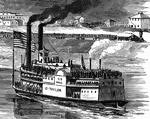
Bellaire
"Bellaire, O.- Steamboats conveying troops and munitions of war for the Federal forces on the Great…
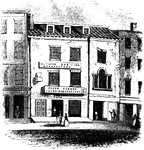
Washington's Head-Quarters
"Washington's head-quarters. I was informed by the venerable Anna van Antwerp, about a fortnight before…

Arriere-voussure
"A rear vault; an arch or a vault placed within the opening of a window or door, and differing from…
